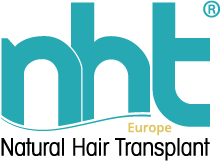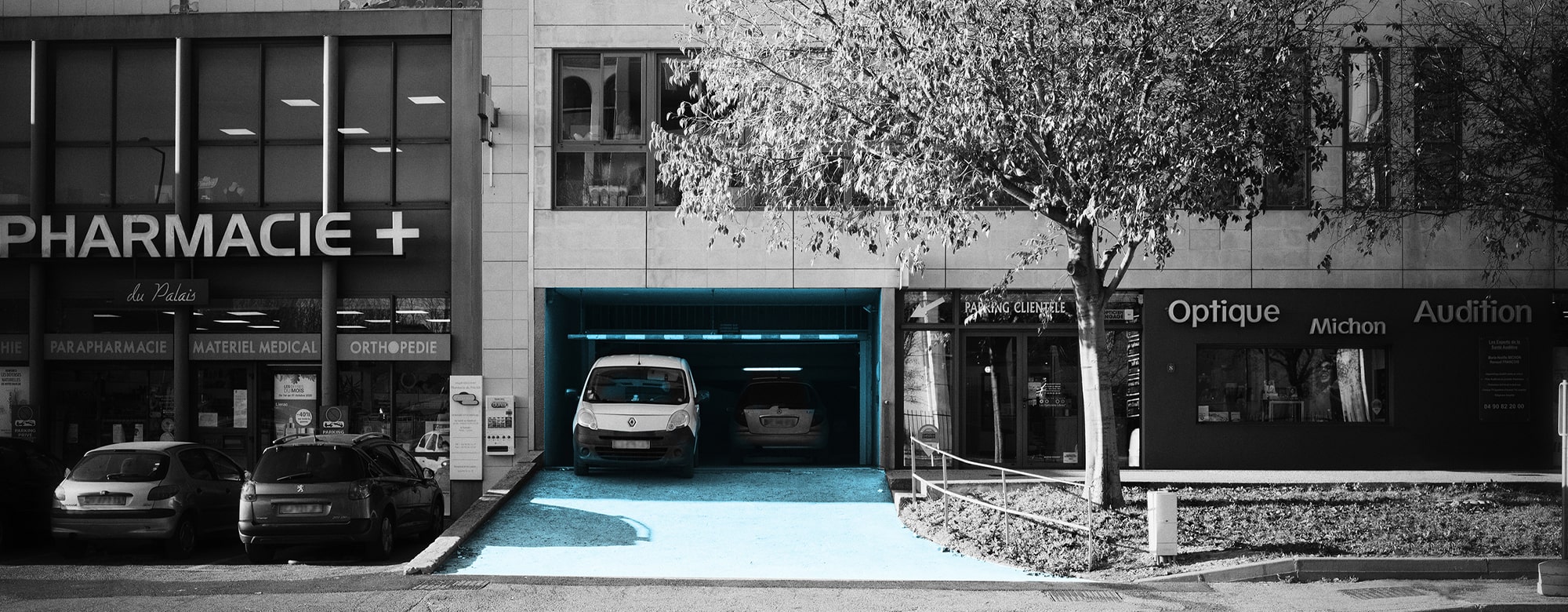Patient journey
At our NHT Europe centre, we make it a point of honour to take care of our patients "from A to Z".
The patient journey is very important to us as it is to you. This is a relationship of trust that during this journey must grow at each step so that your intervention takes place in the best conditions.
- How is the first contact made?
- What should you absolutely know before a hair transplant?
- Stabilizing baldness
- What budget for your hair transplant?
- Which hair transplant techniques to choose?
- How much time to think before you decide?
- What are our preoperative recommendations?
- The day of your procedure
- How long does a hair transplant take?
- Learn more about our expertise
- What are the postoperative consequences?
- What does our postoperative follow-up consist of after your hair transplant?
- An attentive team for a pleasant and serene stay in Provence
Read these few sentences to learn more about our expertise, our experience, our specificities, and the way in which we take care of our patients.
- First contact
Often at our centre, the first contact is made by email or phone call.

Very often we will ask you for photos from which a quote is provided and sent to you.For patients who live far from the centre, a telephone appointment or a first consultation by Skype can be scheduled.
If you are satisfied with this quote and the proposed treatment plan, a consultation can be scheduled.

- First consultation
Some key information is needed before getting started. During your first consultation this information will be communicated to you in order to make the best possible choice and an informed choice.
This is done by a plastic surgeon and not by a sales person qualified as an expert in hair grafting.
During the first consultation, you will be greeted by the secretariat who will give you a medical questionnaire to complete. The plastic surgeon will receive you in his consulting office, for a consultation of about sixty minutes during which he will question you on your motivations and desires of results. We also inform you about the different medical or surgical techniques and solutions that we offer at our NHT Europe centre.
The main objective is to guide you towards the development of a coherent and realistic project. The surgeon will also explain the conditions of the operation, the frequent or serious risks, normally foreseeable, the possible consequences and complications involved. At the end of the consultation, the surgeon will give you a detailed estimate, as well as an information sheet on the treatments of baldness.
We must first assess the desired correction but above all the capacities of the donor area, in other words the precise measurement of its density, and the measurement of hair diameter.

We also need to check the feasibility of treatment. To do this it is necessary to carry out careful examination and numerous measurements; this is facilitated nowadays by artificial intelligence which makes it possible to accurately assess:
- The donor area:
Number of hairs / cm2
Number of follicular units (grafts) with 1,2,3, or 4 hairs
Hair diameter : more hair is needed to cover an area if the hair is thin

- And the recipient area:
Surface area
Residual density allowing the number of grafts to be implanted to be calculated
All these measurements are verified remotely by several computer engineers, thus limiting the risk of error. Results are available in one or two days.
All the other criteria of your hair are also assessed:
- Appearance (curly, straight and hair colour)
- Scalp quality, flexible or rigid, presence of scars.

This trichoscopic examination can also diagnose a dermatological condition. In case of doubt, anonymous photos are sent to other international specialized centres, and we can thus verify certain diagnoses if necessary, the answer being returned within a few days.
Essential elements for a hair transplant:
- Stabilize baldness
- Adequacy of the possibilities of the donor area with the number of grafts necessary for the correction.
- Stabilizing baldness
Medical treatment, often recommended to fight against alopecia, can be specified for each patient by genome analysis carried out from a DNA sample; results are provided about five weeks later after exploring several metabolic pathways in alopecia; this way we can determine in advance which treatments will be most effective and which will cause side effects or which will not work. It’s a great tool.
A feature of medical treatments is that they only have an effect if the course is followed. They make it possible to slow down the evolution of baldness and are generally more indicated in young subjects, sometimes making it possible to delay the onset of baldness or stabilize baldness in preparation for a transplant.
Indeed, a well-performed transplant on a patient whose baldness is progressing will sometimes be badly experienced, insufficient, and disappointing; this must be well evaluated especially in young subjects, in the early stages which do not require a major transplant.
In these situations, if the alopecia has progressed after the transplant the patient may complain of a result or insufficient regrowth even if the transplant was performed correctly.
- Your budget
The budget that the patient is able to afford is also an important factor.
A quote is systematically given to the patient at the end of the consultation if a transplant is considered.
- Which hair transplant techniques to choose for your procedure?
Currently, several options are possible:
Technique with shaving of the donor area: classic technique.
Technique with limited shaving: easily concealed, possible if the number of grafts required is not too big.
Unshaven technique with harvesting of grafts with normal length hair, LONG HAIR FUE, only in centres of excellence.
Robotic procedure with the ARTAS robot, the latest iX version, is remarkable.
In fact, clarifications must be made on this subject in view of the number of inadequate terminologies used.
A lot of centres talk about unshaven procedures, when in fact it is a technique with shaving limited to one area (patch) covered by the neighbouring hair (limited number of grafts).
Likewise, for the LONG HAIR FUE procedure, which should only be used for grafts with long hair and not to mention that unremoved hair remains at its length on the donor area.
Regarding the robotic procedure, the quality of the grafts (iX version) is significantly better than with the previous versions; the harvest area (donor area) must be shaved and sometimes a preliminary dyeing of the hair black or dark brown to increase the contrast with the colour of the skin.
- Thinking time (cooling-off period)
At the end of the consultation a quote is given to you, and you have 15 days of reflection to make your decision.
You can contact us during this period if you wish to obtain further information.
- Our preoperative recommendations
8 days before your operation, avoid taking: anticoagulants, antiplatelet agents, aspirin, or medication. Check this with your prescribing doctor in order to know if a short interruption is possible: therapeutic window
Avoid taking alcoholic drinks, coffee, and tobacco.
Plan a few days off in order to recover properly.
Take a travel pillow to sleep without pressing on the treated area the night after your procedure.
If you come from far away, choose a night in a hotel near our centre.
- The day of your procedure
You don't need to be fast before your procedure. Eat your usual breakfast in the morning.
Choose comfortable clothes with a wide neckline (shirt / jacket with zip or buttons)
You may want to bring a cap, hat, bandana, or a woolly hat in winter if you want to cover your post-operative bandage.
You can park in the car park: between the pharmacy and the optical store. Intercom button n ° 13; our parking spaces are on level -1 (underground).
In order not to interfere with the medical equipment during graft harvesting, mobile phones must remain in the cloakroom. Thank you for your understanding.
The procedure is painless and performed under local anaesthesia.

- How long does a hair transplant take?
The duration of the procedure depends on the number of grafts to be transplanted, the number of staff involved and the experience of the team.
For a routine transplant, the procedure starts at around 8am and finishes around 4 or 5pm.
- Our technique, our expertise
A procedure is not a race, all phases are important: implantation, graft harvesting and also microscopic verification of all the grafts which allows us to graft only perfectly healthy grafts (excellent regrowth rate) and to accurately assess our transection rate (damage to the grafts during harvesting). Without this verification, advanced rates are unachievable.
Our benchmark implantation technique uses sharp implanters rather than forceps.
This process, used by many teams around the world was invented by a Korean doctor, DR CHOI many years ago.
- What are the post-operative consequences after a hair transplant?
At the end of the operation, the head is washed with shampoo and it is covered with a light bandage which makes it possible to avoid staining clothes, furniture or bedding and prevents family and friends from seeing the scalp.
A hat, bandana or cap can cover this bandage.
It is advisable to wash your head two to three times a day for the first 3 days after the transplant and then once a day from the 4th day.
The scabs generally fall off in about ten days, you may then visit the hairdresser for a haircut.
Sometimes, in 10% of cases, oedema occurs on the eyes around the 3rd or 4th postoperative day. it is not serious, and it disappears spontaneously within 48 hours.
- Our postoperative follow-up
A member of the paramedical team will contact you the day after the procedure, to ensure your health, and will remind you the post-operative instructions.
A check-up takes place around the 15th postoperative day and then in the 6th month; by this time regrowth is usually present and your appearance improved.
The last examination takes place after 1 year.
For people who live far away, sending photos by email or video conferences can be scheduled.
A few months later, we are pleased to see you again to assess your result of the transplanted area, but we will also re-evaluate the residual density of the donor area.
- Hair transplant: organize your stay in Provence
Your scheduled procedure in Avignon not far from Nîmes and Aix-en-Provence is a good way to spend a few days in peace and discretion because a hair or beard transplant is not stressful.
It is performed under local anaesthesia, and you can therefore leave the clinic straight away.
If you wish, your companions can even benefit from a tourist visit during your procedure and visit the most beautiful places in Provence. Our team also provides you with certain services on request, starting with nearby accommodation advice. If necessary, we can book a taxi for you on your arrival at Marseille-Provence, Montpellier-Méditerranée or Nîmes airport. In both cases, the trip to the clinic does not exceed 60 minutes.
We can also provide means of transport for you at the Avignon TGV station. This destination is easy to reach, whether you arrive by train from Paris, London, or Brussels. By plane, Marseille and Avignon are also very accessible from the biggest European cities.

NHT EUROPE



